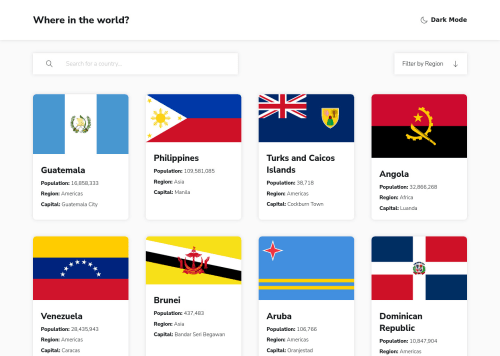Mobile first design using Angular

Solution retrospective
I had a lot of fun with this one! I took this design up as a challenge to test my Angular skills and I can say that they have definitely improved because of it (although I still prefer React🤣). A few questions did pop up into my mind while working on this challenge:
-
How do you chain asynchronous calls in an Angular component if it uses a service? My current solution was setting up an async function inside the Angular component and awaiting the responses from the services within them. I found this the most intuitive approach from my readings online but I'd like to know if there's a better way to go about it.
-
How do you structure an Angular app's file structure if you're doing more complicated projects (e.g. multi-page website, multiple services)? For the page components, I just ended the names with
-pageto denote that it's a page. For multiple services, I created aservicesdirectory and placed each service within its own subdirectory there. Is this good practice or is there a cleaner way to structure files?
Besides this, any and all comments are welcome! Really want to learn as much as I can from each challenge. Cheers🎉
Please log in to post a comment
Log in with GitHubCommunity feedback
No feedback yet. Be the first to give feedback on Bryan Sanchez's solution.
Join our Discord community
Join thousands of Frontend Mentor community members taking the challenges, sharing resources, helping each other, and chatting about all things front-end!
Join our Discord